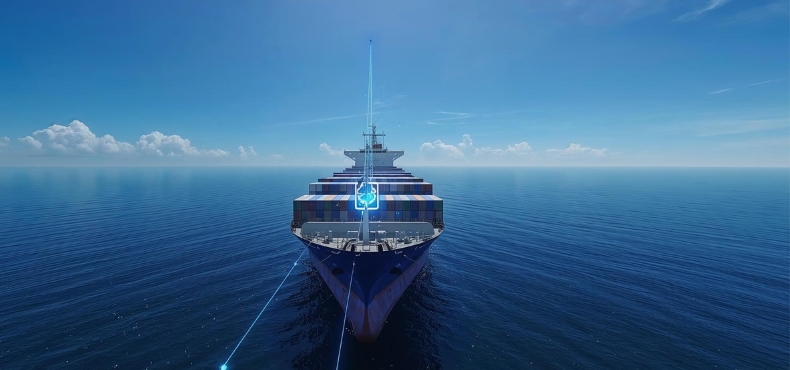The shipping industry has always been the lifeline of global trade. From moving raw materials to delivering finished goods, oceans carry nearly 90% of the world’s trade. Yet, this essential sector also contributes significantly to global carbon emissions. That’s why the shift toward sustainable maritime transport has become one of the most important goals for the future of shipping.
Why Sustainable Maritime Transport Matters
Shipping is efficient compared to other modes of transport, but its scale makes its environmental footprint enormous. Heavy fuel oil, the industry’s traditional energy source, produces harmful greenhouse gases, sulfur oxides, and nitrogen oxides. With increasing climate concerns, governments, businesses, and regulators are demanding green shipping solutions that balance trade needs with environmental responsibility.
Also Read: 10 Essential Habits for Sustainable Living and Environmental Care
Green Shipping: More Than Just a Trend
Green shipping isn’t just about reducing emissions—it’s about rethinking the entire maritime ecosystem. From adopting cleaner fuels like biofuels, LNG, and green hydrogen to improving ship design for better fuel efficiency, the industry is innovating rapidly. Energy-efficient ports, shore power connections, and smart logistics are also part of this transformation. These changes don’t just reduce emissions; they lower costs, improve efficiency, and strengthen the industry’s long-term resilience.
Technology Driving Sustainable Maritime Transport
Advances in digitalization and automation are accelerating progress in sustainable maritime transport. Smart shipping technologies use AI and data analytics to optimize routes, reduce fuel consumption, and cut emissions. Wind-assisted propulsion systems, once considered old-fashioned, are making a comeback with high-tech sails and rotor technologies. Meanwhile, electrification and hybrid vessels are emerging as viable options for short-sea shipping and inland waterways.
Policy and Global Collaboration
The International Maritime Organization (IMO) has set ambitious targets to cut greenhouse gas emissions from shipping by at least 50% by 2050. These regulations are pushing companies to adopt green shipping strategies faster than ever. Collaboration among governments, shipbuilders, logistics firms, and technology providers will be key to achieving these sustainability goals.
Final Thoughts
The journey toward sustainable maritime transport is not just about compliance—it’s about responsibility, innovation, and long-term growth. The industry has the chance to lead by example, showing how global trade can align with environmental stewardship. As green shipping becomes the new standard, it will not only protect the planet but also secure the future of maritime business.



